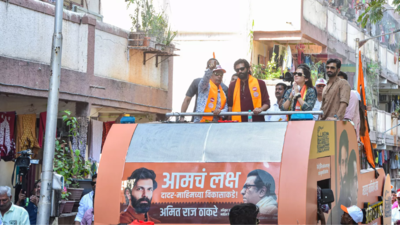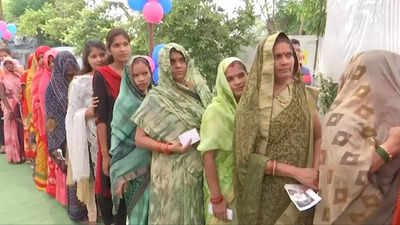At least once a year, we line up the pie plates, dust off the sacred family , and bake up a batch of pumpkin, pecan, chocolate silk, or fruit-based pies. Inevitably, the family bakers compare recipes, , and pies, trying to discern how each fared against the others. One question always surfaces: "How'd you create such a perfect crust?" Most pie crust recipes call for three main ingredients: water, flour, and butter (or another fat alternative).
When water combines with flour, it promotes the creation of gluten, which gives pie dough some needed flexibility to roll and mold into a pie plate. However, too much water can cause a substantial amount of gluten formation and render the mixture tough. This typically results in a hard crust that few will find edible.
Why do some pie crusts have the buttery flavor and perfectly that could win a Food Network baking championship while others are dense, tough, and crunchy? . What does vodka do in baking? Vodka plays a special role in baking, particularly when you want a firm, tender, and delicious pie crust. .
Often, too much gluten is the culprit for tough crusts that crack easily and taste chewy — the opposite of what you'd expect from a pie crust. When some of the water in a pie crust recipe is substituted for unflavored vodka, it gives the dough just enough moisture to blend and hold together — without gluten interfering. This minimal gluten prevents unwanted cracking or holes in the dough as it's rolled out, and gives a pie crust .


















